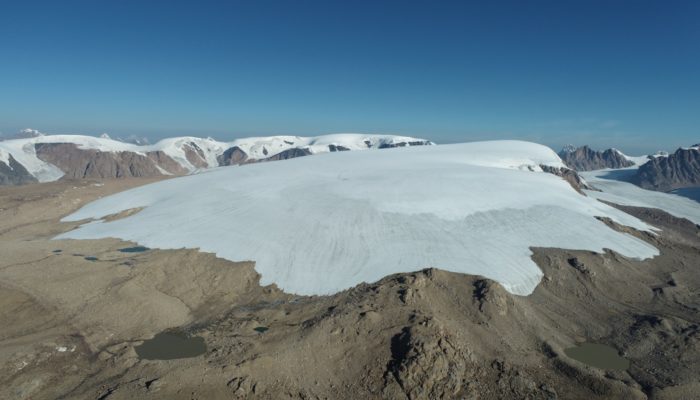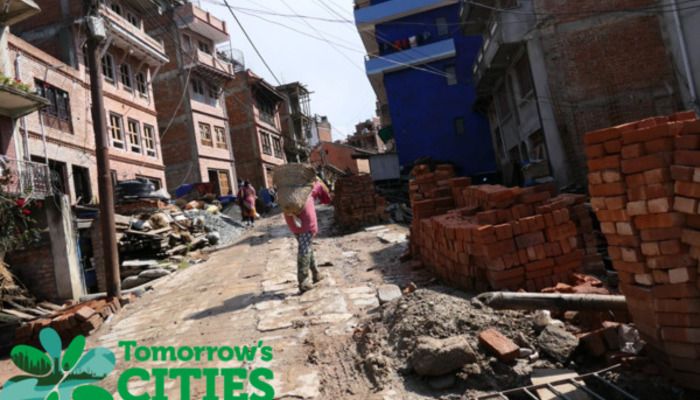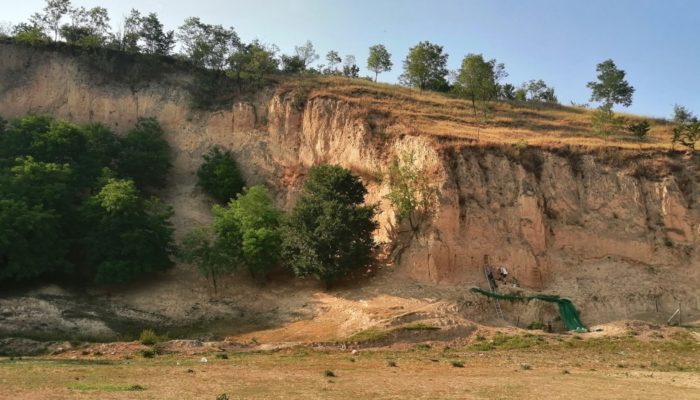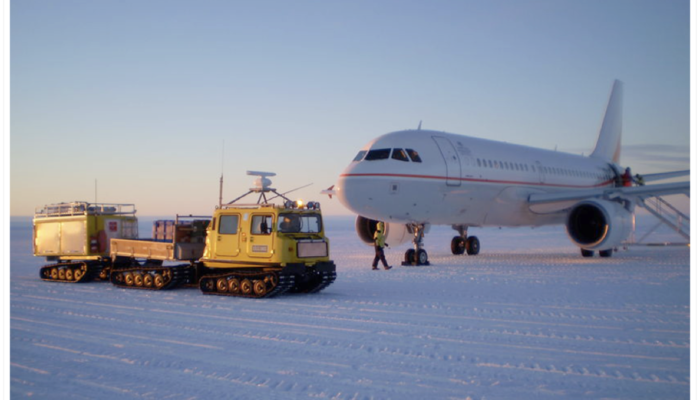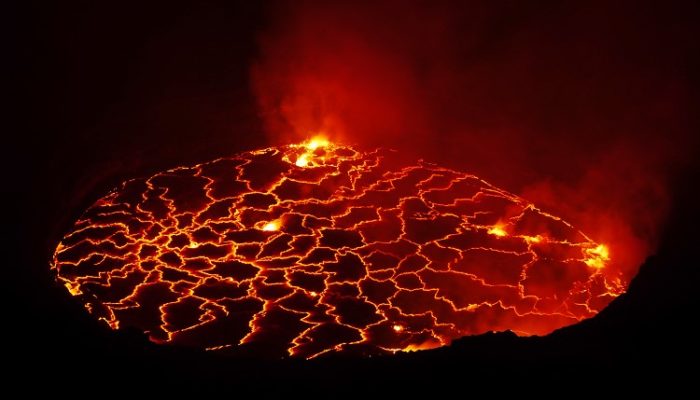Drones are not only a cool toy to play with. They are also a useful instrument to monitor and study glaciers and ice caps. By taking thousands of images flying above the ice, we can make 3D models of ice masses at centimetre resolution. Using drones, we can now survey small to medium sized glaciers and ice caps in unprecedented detail. In recent years, we have conducted several surveys on glaciers ...[Read More]
Seismology
Vibrant ecosystems: Of rumbling elephants and seismic wildlife monitoring
Tarje Nissen-Meyer – Associate Professor of Geophysics at Oxford University, UK – shows how seismic signals of stomping in the savanna can be used to track elephants and other wildlife in Kenya. Our planet is at unrest. From butterfly wings to rock gigs, typhoons and megathrust earthquakes, mechanical wave disturbances permanently penetrate the Earth system across many orders of magnit ...[Read More]
Geodynamics
Democratising the concept of risk: The Tomorrow’s Cities Decision Support Environment
Curious to gain an insight into how we can battle the rapid urbanisation and reduce the disaster risk for the poor people in the future? This week, Dr. Roberto Gentile, Lecturer in Catastrophe Risk Modelling at the Institute for Risk and Disaster Reduction – University College London, talks about the Tomorrow’s Cities Decision Support Environment for risk-informed, pro-poor urban planning, and des ...[Read More]
Hydrological Sciences
Some first impressions on the first hybrid EGU General Assembly
The first hybrid EGU General Assembly (23–27 May 2022) is over. What a great achievement for the organizers and programme committee who managed to bring the community back to the face-to-face world of scientific conferences, while also offering the opportunity to those not able to travel to Vienna to attend it virtually. We attended the meeting in different ways. Here below our first quick thought ...[Read More]
Geodesy
The comprehensive Geodetic Information Portal of GGOS
The Global Geodetic Observing System (GGOS) of the International Association of Geodesy (IAG) is a collaborative contribution of the global geodesy community to the observation and monitoring of the Earth System. Geodesy is the science of determining the shape of the Earth, its gravity field, and its rotation as functions of time. Essential to reaching this goal are stable and consistent geodetic ...[Read More]
Geodynamics
The Sassy Scientist – The Spinning Top
Whether from posed questions, other blog posts and cinematic detours, the core of Earth is every now and then sparking some interest. In a similar way “Inception” or “Shutter Island” spark interest: it sounds cool, you want to get what is going on, but although you tried several times, you still don’t get it. Today I will report on the answer to a question originally ...[Read More]
Climate: Past, Present & Future
Land snails in the service of paleoecological studies
Paleoecological use of land snail shells is no longer a new field of science. They are studied by malacologists and palaeontologists who specialise in the study of molluscs. During the last glaciation, loess, a light yellow, fine-grained sediment, was deposited over large areas, mainly in the periglacial regions of Eurasia and North America. In addition to its many advantages, it has also provided ...[Read More]
Cryospheric Sciences
What are Snow Mechanics and why should we care?
Every time we walk, ski, drive or build upon snow, we’re relying upon the theory of Snow Mechanics; but what is that and why should we care? Mechanics is the engineering terminology used to describe “the branch of applied mathematics dealing with motion and forces producing motion” (Oxford Languages) or more simply, the study of motion, in our case the motion of snow. What causes snow to move? Ge ...[Read More]
Geochemistry, Mineralogy, Petrology & Volcanology
Living with a Volcano
Since ancient times, the growth of populations has been strongly combined with the presence of volcanoes, due to their ability to provide nutrients to soils (and so to agriculture) and resource extraction. One great example is described in our blog post about Volcanoes and wine. However, living near a volcano has its (obvious) drawbacks, starting with lava flows (see the recent Cumbre Vieja erupti ...[Read More]
Geodynamics
Introducing the new blog team!
It’s that time of year again! Another EGU General Assembly has passed. Another EGU Geodynamics blog team has been assembled! Now with a blog team bigger than ever! Whoohoo! So let me introduce you to the amazing blog team of 2022-2023 who will start blogging in earnest from next week onwards. If you are interested in joining yourself or want to reach out to anyone from the blog team, donR ...[Read More]

